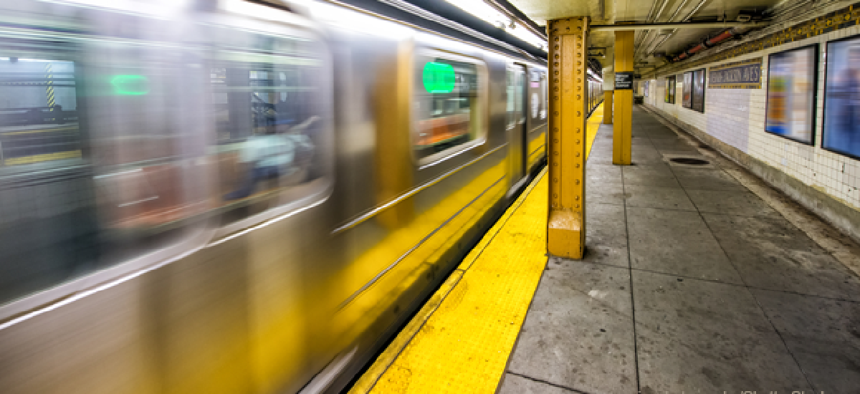NYC tests transit airflow to prepare for hazmat accidents or attacks

Scientists will release small quantities of non-toxic materials at more than 120 subway stations and aboveground locations to collect data on how far they travel and what their concentration is when found.
New York City is conducting an above- and below-ground air sampling study to help it prepare for and respond to incidents involving hazardous biological and chemical materials.
As part of the Department of Homeland Security’s Science and Technology Directorate’s (S&T) Urban Threat Dispersion (UTD) program, testing will occur on five separate days between Oct. 18 and 29.
For the tests, the team will release small quantities of non-toxic materials at more than 120 subway stations and aboveground locations throughout the five boroughs to collect data for concentration and dispersal analysis.
S&T will sample the air for the harmless particulates and measure how far they have traveled and what their concentration is when found. The test data will help validate airflow and transport models as well as the relationship between the subway and street-level environments, S&T officials said. With that data, officials can better plan responses to a release of hazardous materials.
Scientists from MIT Lincoln Laboratory and several Department of Energy National Laboratories will be working with a number of city departments as well as Amtrak, New Jersey Transit, the Port Authority of New York and New Jersey, National Guard Bureau Civil Support Teams, New Jersey Department of Health and the Environmental Protection Agency.
The participating national labs -- Argonne, Brookhaven, Los Alamos, Lawrence Berkeley and Lawrence Livermore -- have developed an airflow and dispersion model for outdoor spaces, subways and public indoor spaces. The labs’ models are being integrated into a single model to show how a plume would travel, for example, from the subway to the streets and into buildings. The new model will help inform where to install sensors, S&T officials said in a February article about the project.
UTD is a follow-on to a smaller 2106 airflow study that helped officials understand the movement of biological particles in the subway, but which raised questions about the relationship between materials released in the subway and the aboveground urban environment.
“The goal of these tests is to deliver actionable information to emergency preparedness planning authorities for potential wide-area release of dangerous chemicals or biological materials,” said Kathryn Coulter Mitchell, the DHS senior official performing the duties of the under secretary for S&T. “Lessons learned now will help refine and verify airflow and dispersion models that will inform response protocols and keep our citizens, critical infrastructure including hospitals, police and fire stations, and our transit systems safe.”
NEXT STORY: Most and Least Fashionable Cities in the U.S.





